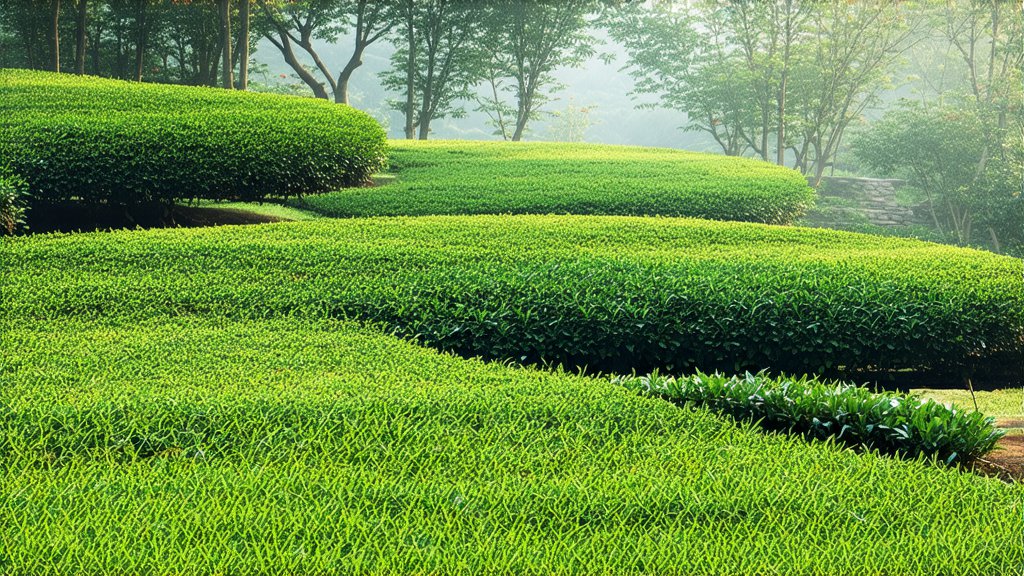
Longjing tea, often referred to as Dragon Well tea, stands as one of China's most celebrated and iconic green teas. Originating from the picturesque region surrounding West Lake in Hangzhou, Zhejiang Province, this tea has captivated tea enthusiasts for centuries with its delicate flavor, elegant appearance, and rich cultural heritage.
Historical Significance
The history of Longjing tea can be traced back over a thousand years to the Tang Dynasty (618-907 AD). However, it was during the Qing Dynasty (1644-1912 AD) that Longjing truly gained prominence, particularly under the reign of Emperor Kangxi. Legend has it that Emperor Kangxi tasted this exquisite tea and was so impressed by its quality that he designated 18 tea trees as "Imperial Tea Trees," which were to be exclusively cultivated for the imperial court. This royal endorsement significantly boosted the prestige and popularity of Longjing tea.
Varieties of Longjing Tea
Longjing tea is primarily categorized into two main types based on its growth location and quality: Xihu Longjing and non-Xihu Longjing.
-
Xihu Longjing: Grown in the core area around West Lake, this variety is considered the epitome of Longjing tea. The unique microclimate and fertile soil contribute to its superior quality. Xihu Longjing is further divided into several grades, including Precious Buds (Bi Yun), First Grade (Yi Dang), Second Grade (Er Dang), and Third Grade (San Dang), with Bi Yun being the most prestigious.
-
Non-Xihu Longjing: Produced in areas outside the immediate vicinity of West Lake but still within Zhejiang Province, these teas are also of high quality but generally considered slightly inferior to their Xihu counterparts due to variations in terroir.
Crafting Longjing Tea
The production of Longjing tea is an art form that involves meticulous attention to detail. The process can be broadly divided into four stages:
-
Fixation: Freshly picked leaves are quickly heated in a large wok or pan to halt oxidation. This step is crucial as it preserves the vibrant green color and fresh aroma of the tea.
-
Shaping: Using skilled hand movements, the tea master shapes the leaves into their distinctive flat and needle-like appearance. This shaping process not only enhances the aesthetic appeal but also helps in uniform drying.
-
Drying: The shaped leaves are then subjected to gradual drying over low heat, ensuring that the moisture content is reduced to the optimal level without compromising the integrity of the leaves.
-
Sorting and Grading: Finally, the dried tea is carefully sorted and graded based on factors such as size, shape, and overall quality. Only the finest leaves make it into the higher grades of Longjing tea.
Tasting Longjing Tea
Tasting Longjing tea is an experience that engages all the senses. Here’s a guide to appreciating this remarkable tea:
-
Visual Appeal: Observe the dry leaves, which should be slender, flat, and evenly shaped, resembling spinning needles. When brewed, the leaves unfurl gracefully, revealing their vibrant emerald green hue.
-
Aroma: Bring the brewed tea close to your nose and inhale deeply. You should detect a subtle, sweet fragrance reminiscent of chestnuts, a hallmark of authentic Longjing tea.
-
Flavor: Sip the tea slowly, allowing it to coat your palate. Longjing tea offers a smooth, mellow taste with a natural sweetness and a lingering aftertaste. There should be no bitterness or astringency.
-
Texture: Pay attention to the mouthfeel. High-quality Longjing tea feels velvety and silky, providing a luxurious drinking experience.
-
Aftertaste: Notice how the flavors evolve after swallowing. A good Longjing tea will leave a refreshing, clean finish that persists subtly on the palate.
Cultural Significance
Longjing tea is more than just a beverage; it embodies the essence of Chinese culture and philosophy. Its cultivation and preparation are deeply intertwined with traditional practices and rituals, emphasizing harmony between humans and nature. In many ways, enjoying a cup of Longjing tea is akin to participating in a meditative practice, fostering mindfulness and tranquility.
In conclusion, Longjing tea represents the pinnacle of Chinese tea artistry. From its storied past to its intricate production methods and unparalleled flavor profile, it continues to enchant tea lovers around the world. Whether you are a seasoned connoisseur or a curious newcomer, exploring the vast world of tea, Longjing offers a timeless journey into the heart of China's rich tea heritage.